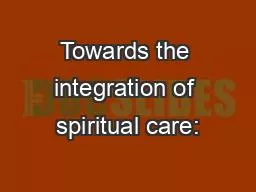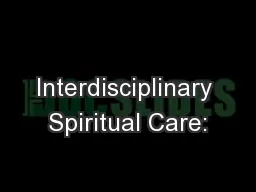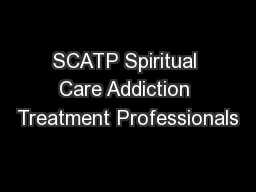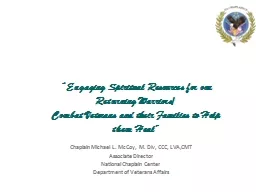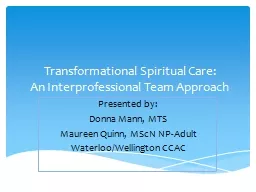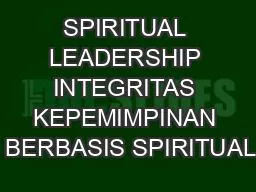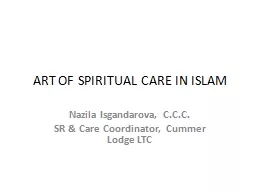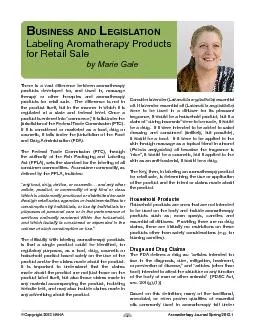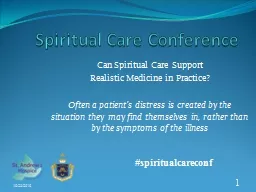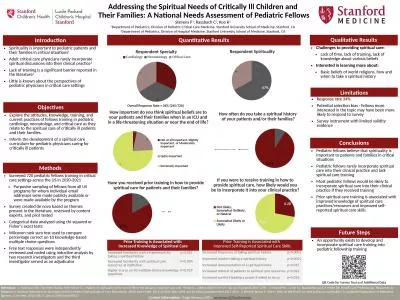PPT-Towards the integration of spiritual care:
Author : donetrand | Published Date : 2020-06-23
a plea for a new art of dying Carlo Leget PhD VicePresident of the European Association for Palliative Care Assisted dying and euthanasia the world in motion The
Presentation Embed Code
Download Presentation
Download Presentation The PPT/PDF document "Towards the integration of spiritual car..." is the property of its rightful owner. Permission is granted to download and print the materials on this website for personal, non-commercial use only, and to display it on your personal computer provided you do not modify the materials and that you retain all copyright notices contained in the materials. By downloading content from our website, you accept the terms of this agreement.
Towards the integration of spiritual care:: Transcript
Download Rules Of Document
"Towards the integration of spiritual care:"The content belongs to its owner. You may download and print it for personal use, without modification, and keep all copyright notices. By downloading, you agree to these terms.
Related Documents

